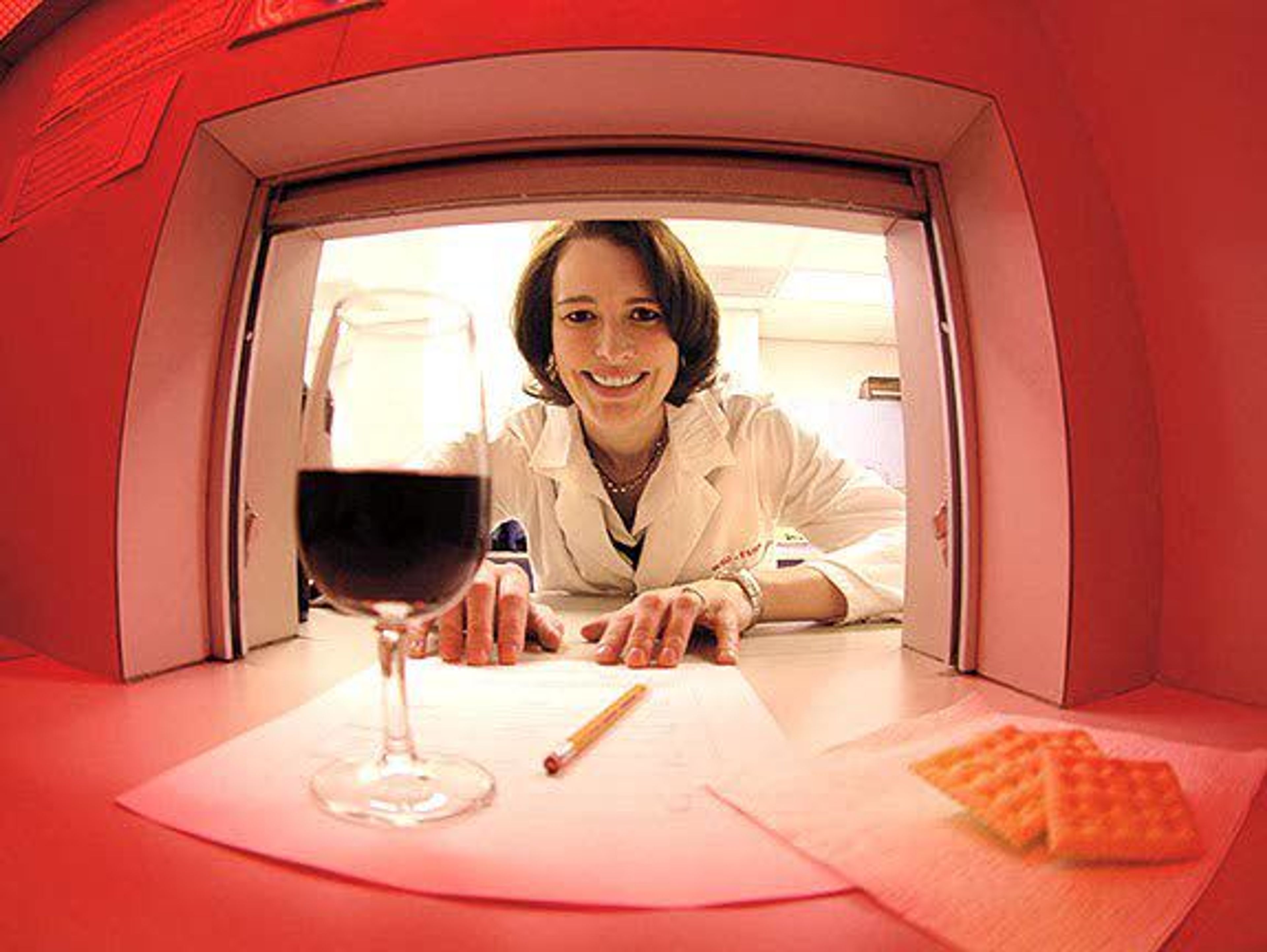WSU researchers examine why some wines win
Great traits: High concentrations of ethanol, sugar appear to tip scales
If they’re hoping to win awards, wine makers should lean into complex wines with high concentrations of ethanol and sugar, according to new research from Washington State University.
In a recent paper published in the Journal of Wine Research, WSU scientists and a partner with the University of Lisbon in Portugal, looked at several years’ worth of data from Germany’s biannual wine competition — the Mundis Vini Challenge — to find whether wines that win awards share any common traits.
Carolyn Ross, a professor with WSU’s School of Food Science and an author on the paper, said the study found such competitions favor wines with high ethanol and sugar levels. However, she said, simply amplifying one or both of those qualities will not necessarily guarantee a gold medal.
“It really just gets at the complexity of it,” Ross said. “Having ‘high’ of one thing isn’t always better and it often isn’t better — it needs to have the complexity and the balancing-off with something else.”
Ross said creating complex, appealing wine is a precise balancing act. Great wines might commonly have high concentrations of one component or another, but too much of a good thing can ultimately harm the final product.
For example, Ross said, while a “barnyard” aroma doesn’t necessarily seem appealing, at low concentrations, many feel it adds complexity to a wine — however, at high concentrations, the sensation can be overwhelming.
Ross said high concentrations of both ethanol and sugar tend to balance each other, helping to develop flavors like dried fruit and spice in red wines and exotic fruits in whites. These components also have an effect on quality indicators like a wine’s “body” and “complexity” — though difficult factors to measure, they are considered strong predictors of an award-winning wine.
“I guess you could sort of create a wine, if you wanted to, touching on all the things that are listed here as strong predictors of winning a medal, but that doesn’t mean that it would,” Ross said. “There’s going to be these other attributes that are measured by people and they’re really hard to express because they’re a combination of so many separate attributes … that all combine into one.”
Ross said while the study can provide a winemaker with some guidance when considering which wines to submit for competition, it does not necessarily speak to the overall quality of the wine, nor does it speak to its acceptance or popularity among consumers.
While future studies taking in a broader data sets, including longer timelines and more competitions could generate additional insight, it is unlikely that researchers will ever produce a roadmap to making flawless wine. There is no such thing as a perfect wine, Ross said.
“Within the food science and product development, there’s that pluralistic nature of perfection — there’s not one perfect product, it’s perfect products for different people — so there’s a lid for every pot,” Ross said. “That’s why we have, you know, 36 kinds of spaghetti sauce, because there isn’t just one for one person, different people like different things.”
Scott Jackson can be reached at (208) 883-4636, or by email to sjackson@dnews.com.





